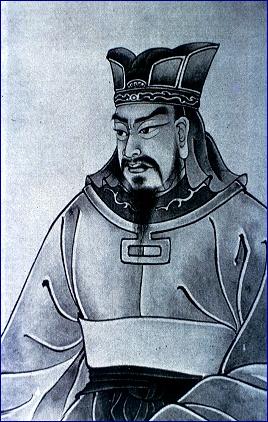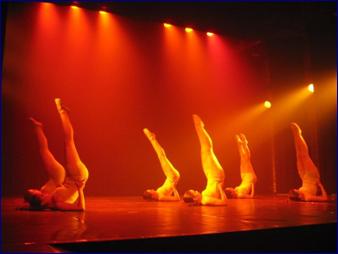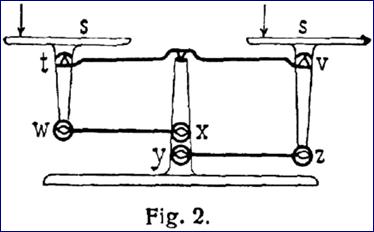XIV. Choreography
either log in or click here to purchase.
Log in here to access video.
Haven't purchased Eye of the Storm Leadership?
Starting Point / Dance-Writing
Between 480 BC and 221 BC during China’s Warring States Period, a general named Wu wrote a now widely-read, thirteen-chapter treatise on how to win a fight. Wu’s personal history is shrouded in mystery but his book is one of the most important military texts ever written and one of the most popular. It is required reading at most war colleges and business schools and it is said that Mao Zedong and Joseph Stalin read the book while at war.
Wu’s advice was simple and tough. He urged military commanders to gather intelligence, gauge costs, make plans, position for success, maneuver for advantage, stay calm under fire, and wherever possible avoid unnecessary confrontation. He also explained how to do all this. Supreme excellence, he said, is a “sheathed sword,� achieving your goal without fighting. Much later, Wu was given the more honorific name Sun Tzu and his work was called The Art of War.
 Presumed Portrait of Sun Tzu. Credit: Wikimedia Commons.
Presumed Portrait of Sun Tzu. Credit: Wikimedia Commons.Choreography (literally, “dance-writing�) is the art of fashioning the specific functions and forms through which conflict plays out. A professional choreographer of plays, operas, and movies is concerned with controlling the direction of an unfolding narrative. He or she sets the mood and manages the action through the interplay of sound and light, the use of backgrounds and foregrounds, the positions and juxtapositions of people and things, and the unfolding tempo of the drama. Fundamentally, Sun Tzu was a choreographer of conflict.
 The Result of Dance Writing. Credit: Wikimedia Commons.
The Result of Dance Writing. Credit: Wikimedia Commons.Much of what comes down to us about Sun Tzu is from remnant documents and texts. Little is known about the man himself. What seems true is that he was a contemporary of Confucius and was probably a member of a class of landless aristocrats who had lost their dukedoms during the wars of consolidation. Many of them became academics. Some, like Sun Tzu, worked as mercenaries. Sun Tzu seems to have been retained by King Helü of the kingdom of Wu, a place considered semi-barbaric. After a series of conquests, Wu became the most powerful state of its time. Sun Tzu disappeared when King Helü finally conquered Chu and his actual date of death is unknown.
The Sun Tzu story continues to evolve and he would have been amused to watch as scholars wage ferocious fights over the truth of his ideas and his life. In 1972, for example, a set of bamboo engraved texts were discovered in a grave near in Shandong China. These texts confirmed some parts of The Art of War and added several new sections. But the question lurks: if he were alive today, what might his “sheathed sword� approach be in the world of politics and stagecraft? Perhaps his five fundamentals might be restated like this.
“Awareness� requires recognition of all your preconceptions and prejudices and observing the “how� of things. “Nature� embraces the inevitability of differences of opinion and interest, hence the absolute certainty of paradox and conflict. “Situation� is the confluence of circumstances, remote or impending, intentional or unplanned, that leads to specific predicaments in the field. “Leadership� is the quiet exercise of credibility and sincerity tempered always with compassion. And “Art� is the flexibility and freedom of form that has its ground in the mastery of details.
And knowing he was a seasoned and tough veteran of political conflict, he would probably also add the following: Those who embrace these fundamentals of guerilla bridge building and peace waging will succeed in their choreographies and help settle political disputes with dignity and grace; those who do not will waste everyone’s time.[i]

131Â Â Repetitions
“My lawyer father, once complimented on his ability to see ahead three or four moves in a negotiation, explained that the reason he liked to jump to conclusions was so he could get there early and rest.� Michael Pollan
 Rebalancing the Scales in Future Negotiations. Credit: Wikimedia Commons.
Rebalancing the Scales in Future Negotiations. Credit: Wikimedia Commons.
132Â Â Charter
“You've got to be very careful if you don't know where you are going because you might not get there.� Yogi Berra
|
|
This site managed with Dynamic Website Technology
from Mediate.com Products and Services |
